Description
BUY AL-LAD BLOTTERS(150 MCG)
Al-Lad ( 6-Ally-6-nor-lysergeic acid diethylamide) is a novel psychedelic substance of the lysergermide class. It is chemically similar to LSD and has a similar mechanism of action. It works primarily by binding to serotonin receptors in the brain.
AL-LAD was first investigated by Andrew J. Hoffman and David Nichols as part of a series of LSD analogs. Also, this included ETH-LAD and PRO-LAD. Furthermore, its activity in humans was later documented by Alexander Shulgin in his book TiHKAL. In 2013, it appeared for sale on the research chemical market.
Lysergic N,N-diethylamide (LSD) is perhaps one of the most intriguing psychoactive substances known and numerous analogs have been explored to a varying extent in previous decades. In 2013, N6-allyl-6-norlysergic acid diethylamide (AL-LAD) and (2’S,4’S)-lysergic acid 2,4-dimethylazetidide (LSZ) have appeared on the ‘research chemicals’ / new psychoactive substances (NPS) market in both powdered and blotter form. This study reports the analytical characterization of powdered AL-LAD and LSZ tartrate samples and their semi-quantitative determination on blotter paper. Included in this study was the use of nuclear magnetic resonance spectroscopy, gas chromatography mass spectrometry (MS), low and high-resolution electrospray MS(/MS), high performance liquid chromatography diode array detection and GC solid-state infrared analysis. One feature shared by serotonergic psychedelics, such as LSD, is the ability to mediate behavioral responses via activation of 5-HT2A receptors. Both AL-LAD and LSZ displayed LSD-like responses in male C57BL/6J mice when employing the head-twitch response (HTR) assay. AL-LAD and LSZ produced nearly identical inverted-U-shaped dose-dependent effects, with the maximal responses occurring at 200 µg/kg. Analysis of the dose-responses by nonlinear regression confirmed that LSZ (ED50 = 114.2 nmol/kg) was equipotent to LSD (ED50 = 132.8 nmol/kg) in mice, whereas AL-LAD was slightly less potent (ED50 = 174.9 nmol/kg). The extent to which a comparison in potency can be translated directly to humans requires further investigation. Availability of both chemical and pharmacological data obtained from NPS as they appear on the market provides important data to research communities that are interested in various aspects related substance use and forensic identification.
The effects of this product are similar to those of LSD with some subtle differences. It is either equally or moderately less potent than LSD itself. It has an active dose between between 75 and 150 micrograms. AL-LAD is more visually-oriented but with a less introspective headspace. It also has a moderately shorter duration. Generally,it is less anxiety-provoking and challenging version of LSD.

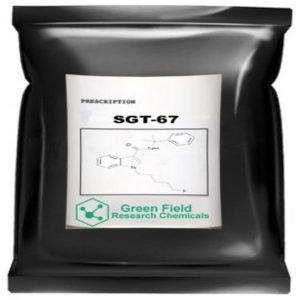
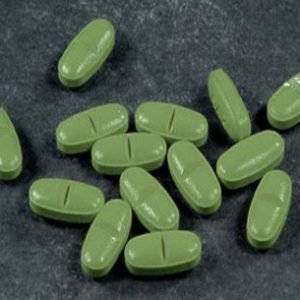
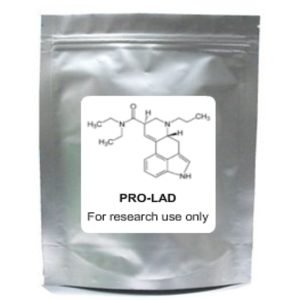
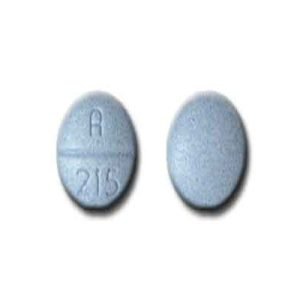
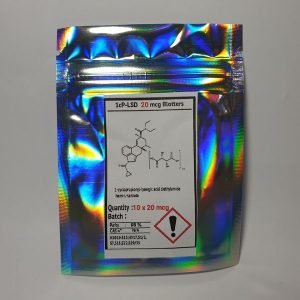


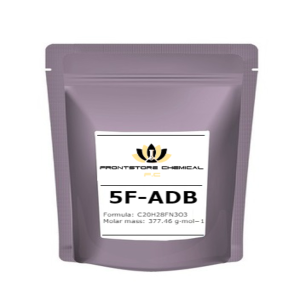


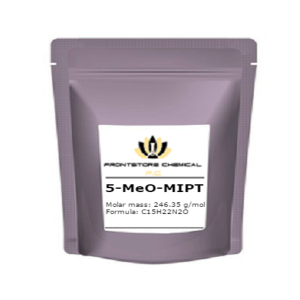

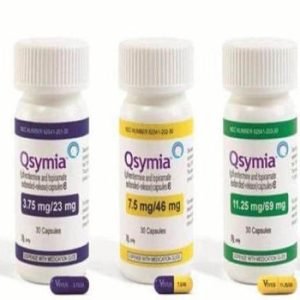
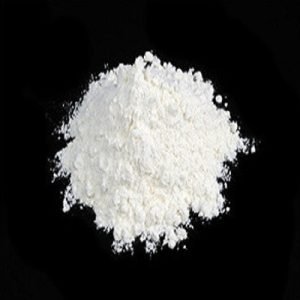
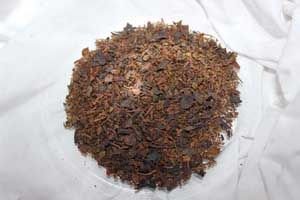
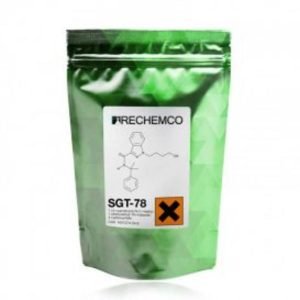
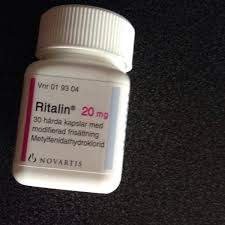




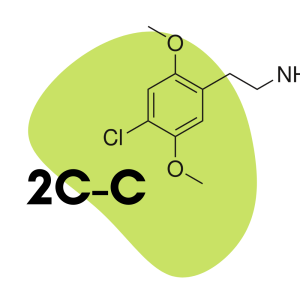
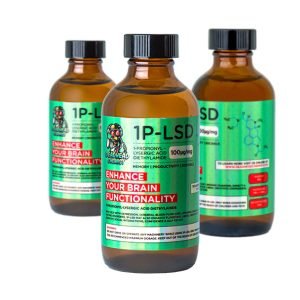



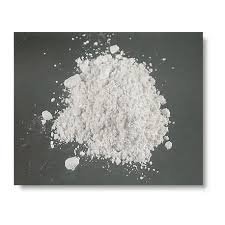
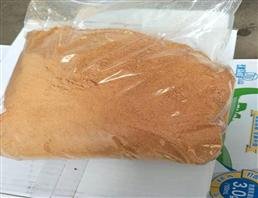






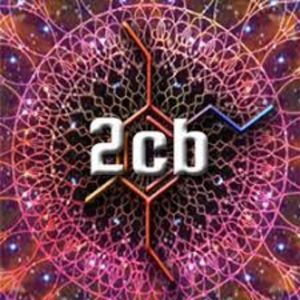
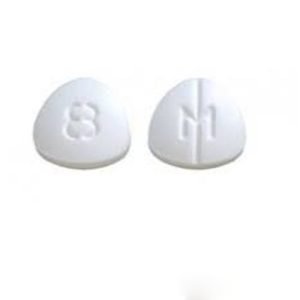
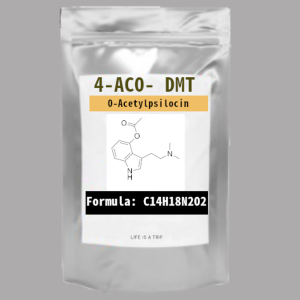
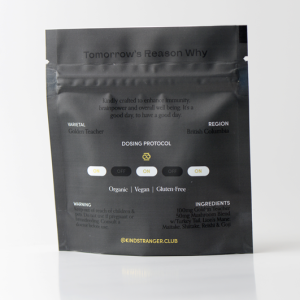
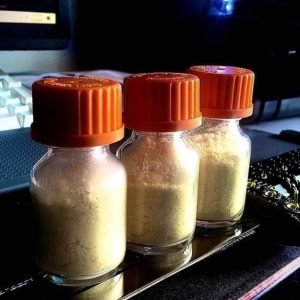
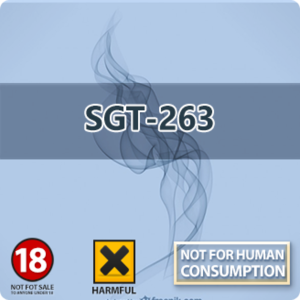

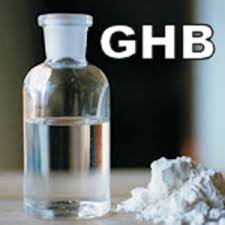
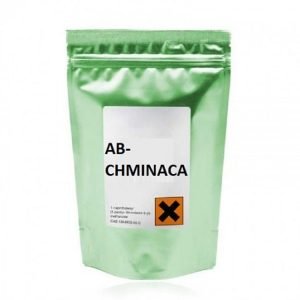

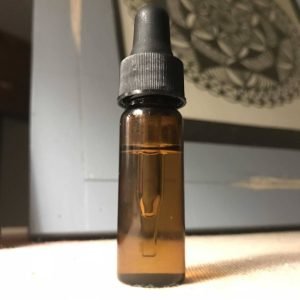













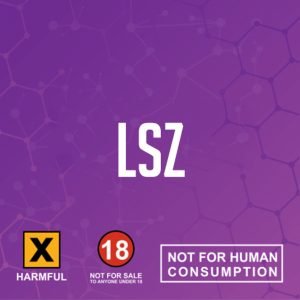
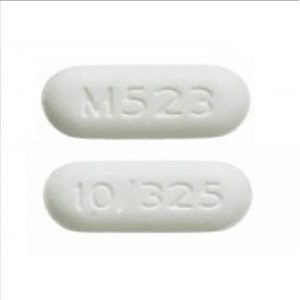
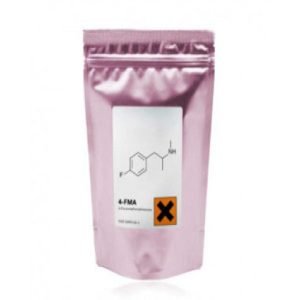

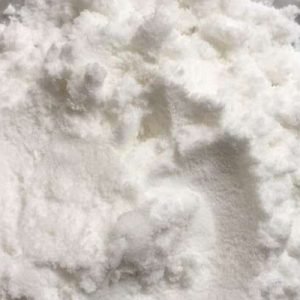
Reviews
There are no reviews yet.